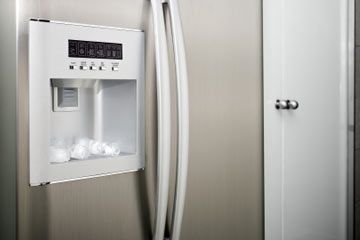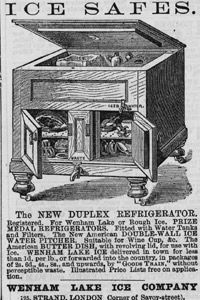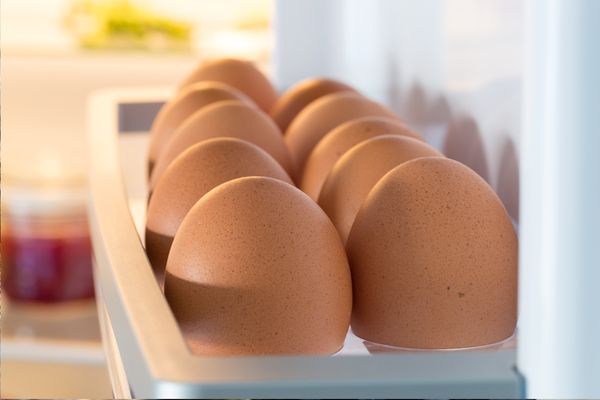Think your refrigerator is just one big box of evenly cold air? Not so! The temperature inside the average fridge actually varies from front to back, bottom to top and everywhere in between. Because of this, food product placement within the appliance is far more important than you probably realize.
The whole purpose of the modern refrigerator is to slow the growth of bacteria, which thrive in temperatures from 40 to 140 degrees Fahrenheit (4.4 to 60 degrees Celsius) [source: USDA]. As a result, refrigerators are typically set at or below that low end to protect foods from succumbing to bacteria, which threaten to spoil them prematurely or even worse, make you sick.
Manufacturing giant Samsung recommends an ideal setting of 38 degrees Fahrenheit (3 degrees Celsius) [source: Samsung]. Many refrigerators (even the new ones!) don't feature an easy-to-read temperature display. If that's the case for yours, drop a few bucks on a freestanding refrigerator thermometer to make sure everything's working as it should and your food is being kept at safe temperatures [source: FDA].
Although it might seem like time spent organizing the fridge will spoil your day, doing so will actually make it more user-friendly, easier to clean and food safety-conscious. Check out this location-specific guide to refrigerator food storage:



